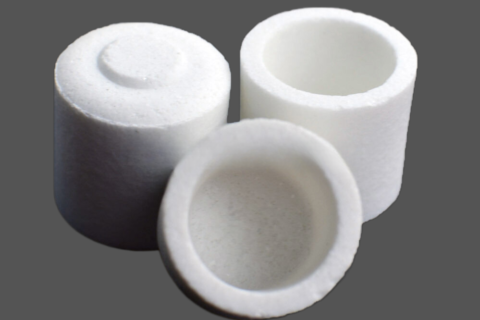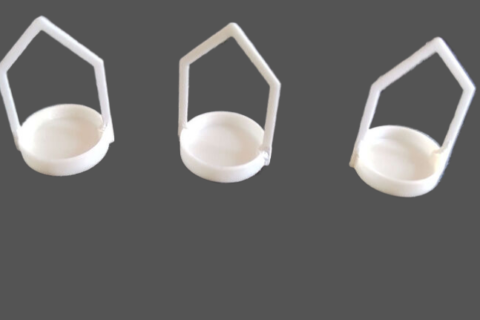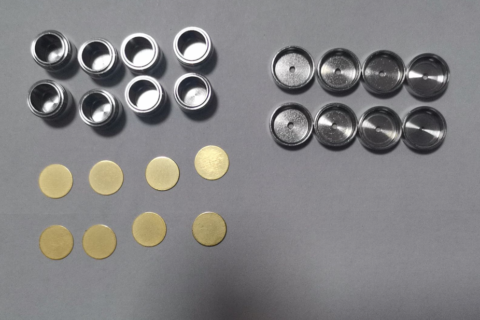 Hot Disk Thermal Constant Analyzer – Revolutionizing Thermal Conductivity Testing!
Hot Disk Thermal Constant Analyzer – Revolutionizing Thermal Conductivity Testing! 


The Hot Disk Thermal Constant Analyzer utilizes the Transient Plane Source (TPS) method, an advanced approach that enhances the accuracy of thermal conductivity measurements. This cutting-edge instrument is widely recognized as the gold standard for testing thermal conductivity today.

- Direct Measurement: Precisely measures thermal conductivity using the transient planar heat source method.
- Wide Range: Thermal conductivity measurement range of 0.005–500 W/mK.








Q: What is the relationship between thermal conductivity and thermal diffusion coefficient?
A: Thermal conductivity = Thermal diffusion coefficient × Specific heat capacity × Density.
Q: Can we test anisotropy?
A: Yes, as long as there’s a notable difference in thermal conductivity across different directions of the sample.
Q: What is the specific test method?
A: The Transient Plane Source (TPS) method (ISO22007-2).
Q: Which is better for thermal conductivity testing: the single-sided or double-sided method?
A: The double-sided method is the standard. The single-sided method is used only when sample size or quantity is limited.

#ThermalAnalysis #HotDisk #MaterialTesting #ThermalConductivity #CeramXpert #Innovation #Research #MaterialScience



 Introducing Our Carbon Sulfur Crucibles!
Introducing Our Carbon Sulfur Crucibles! 
